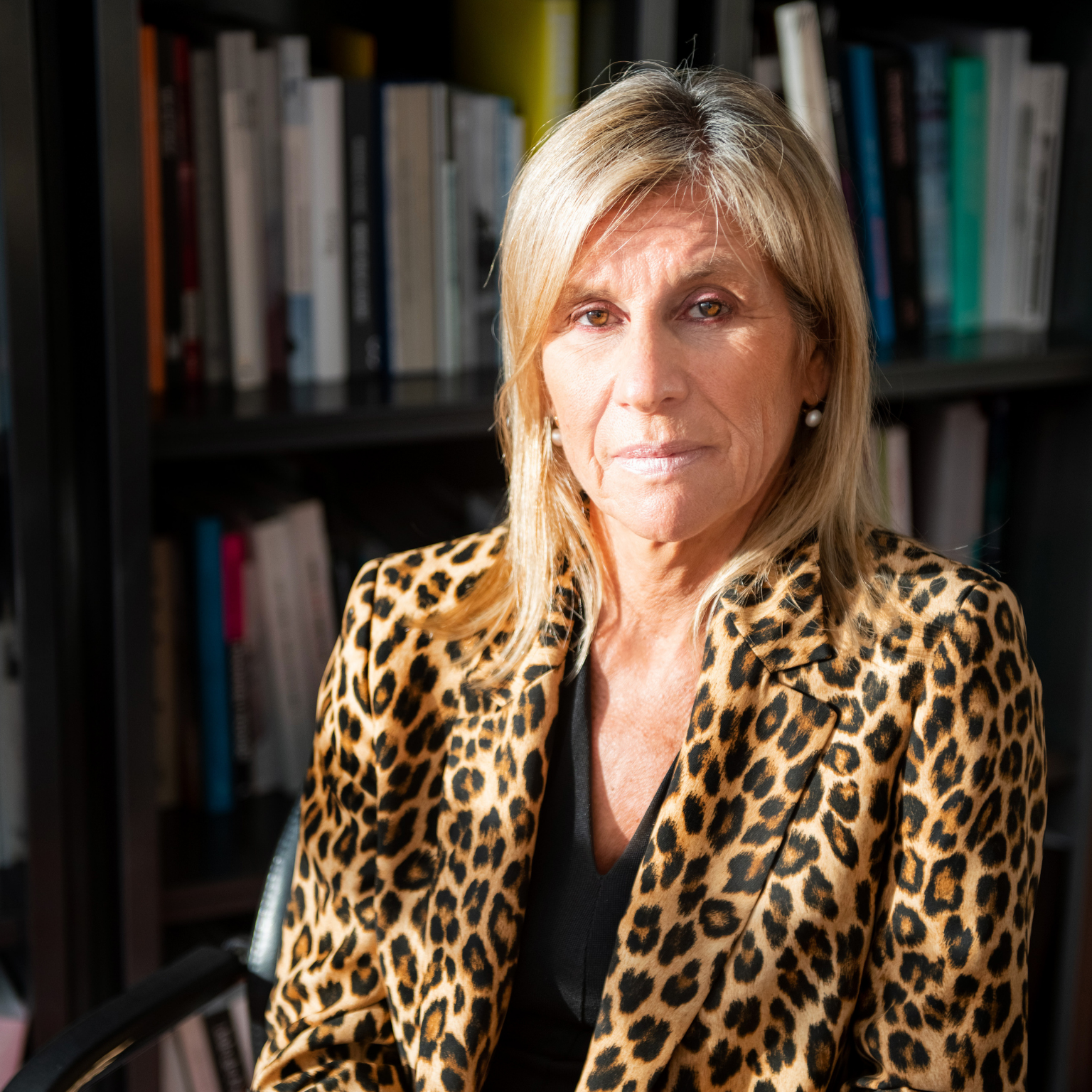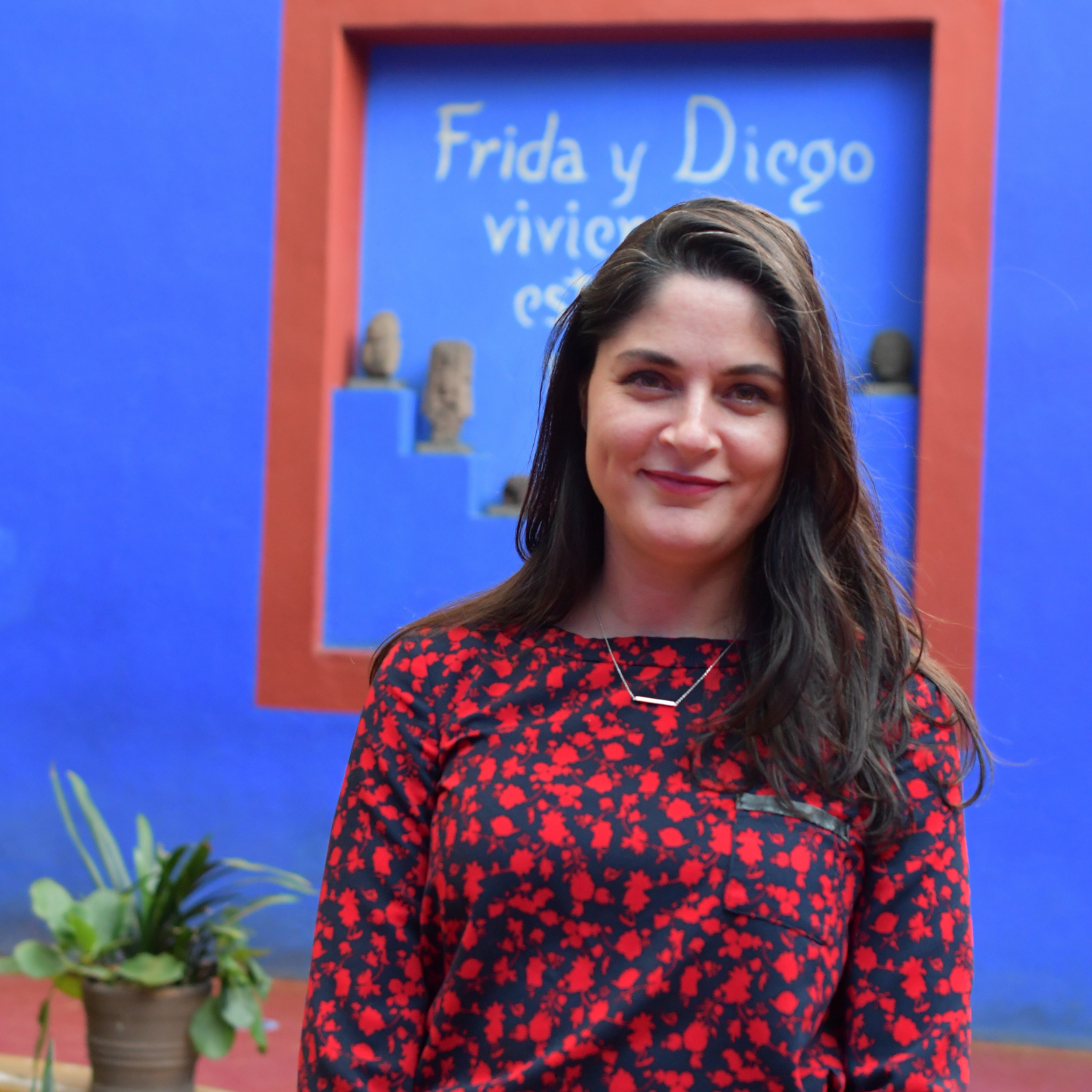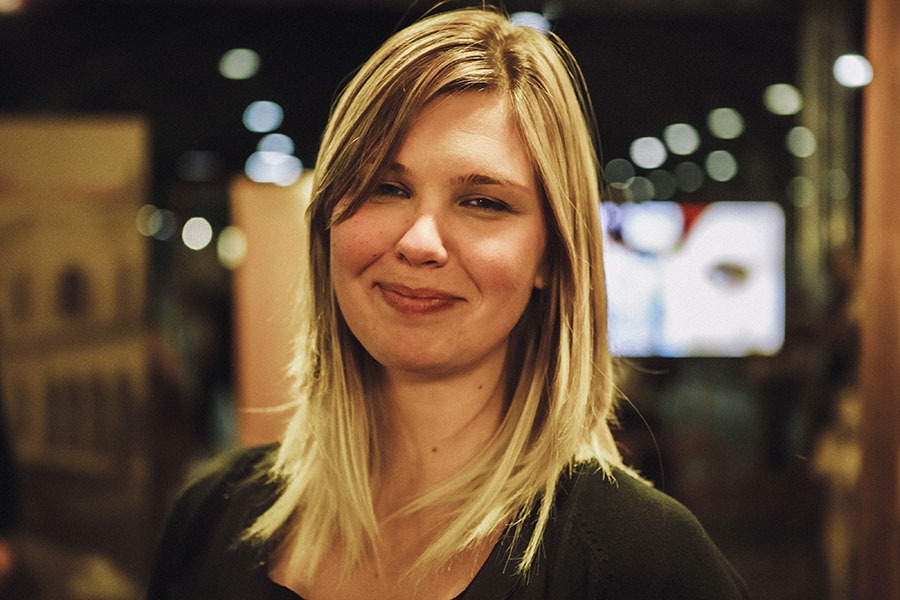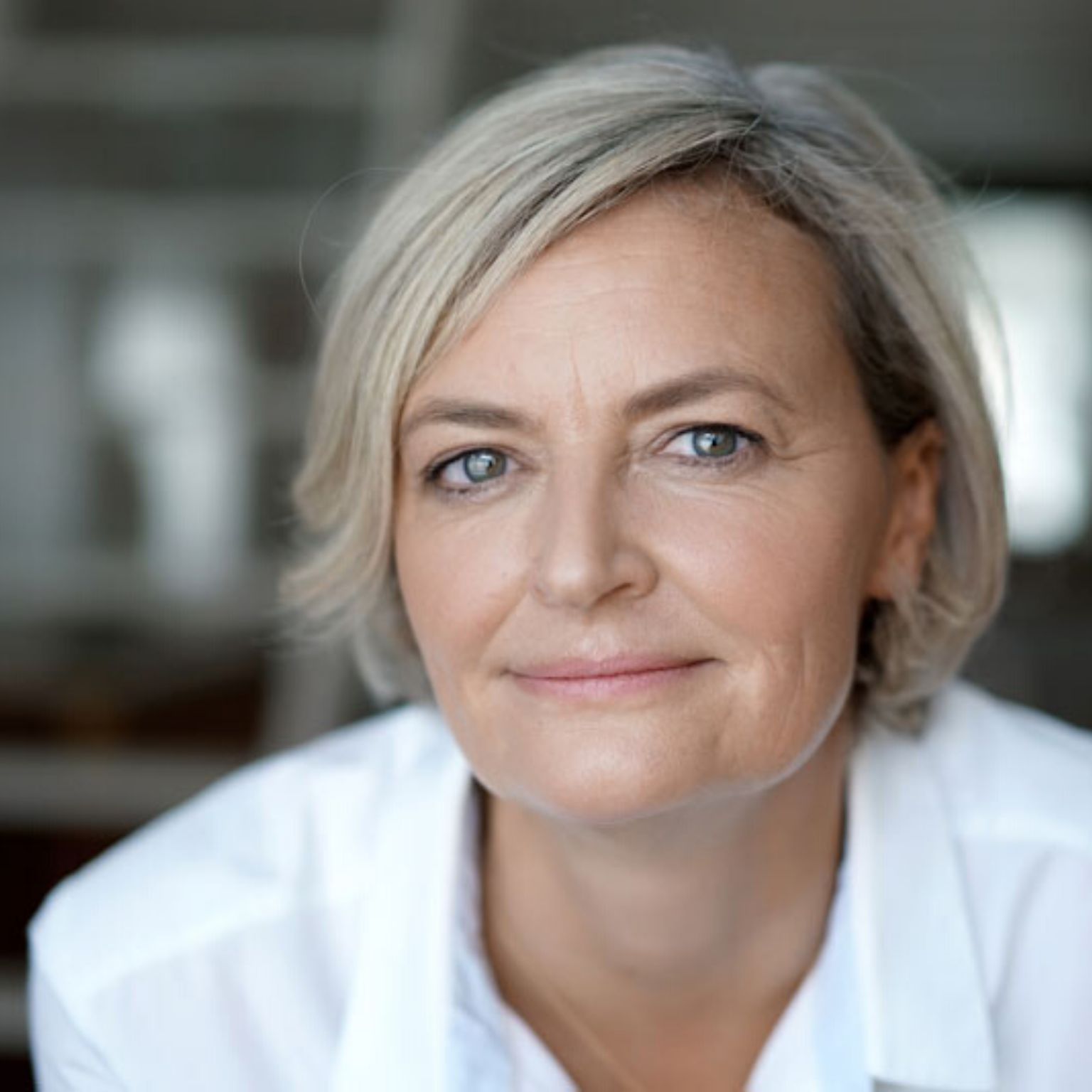Rita Lougares, Artistic Director of the Berardo Collection Museum, Lisbon. Photography © Rita Carmo
1.What is your museum about and what is your work there?
Our museum is a Museum of Modern and Contemporary Art in Lisbon with an International Collection which begins in the early years of the 20th century until nowadays. As Artistic Director, I am responsible for programming the museum and coordinating the teams.
2.How is your museum dealing with the coronavirus crisis?
We closed the museum in mid-March and reopen in mid-May. In-between we had to extend exhibitions that had open in February and March, postponed and/or cancelled exhibitions for 2020 and 2021.
For a safety reopen the museum implemented a set of measures that includes use of acrylic protection barriers, mask, hands disinfection and temperature control for visitors, enlarged the shared spaces for staff, keeping a working from home situation for some employees. Since the reopen in May, visitor figures are down 75% from 2019 in a monthly comparison, with is a major concern going forward.
With this in mind, our 2021 budget had a major adjustment due to this level of visitors, especially in the temporary exhibitions program. At the public level, we will undoubtedly have to establish some limits, that is, in openings, conferences and other group activities. In these cases, I think we can start to feed the online channels more consistently, making them accessible right now via streaming.
3.What is the impact on your digital activity? Do you have tips to share with your colleagues?
It is certainly a time to reinvent and improve ourselves, especially in the way we communicate and maybe in the way we are going to start working. We have been using online platforms as a means of communication for the museum for a long time. This crisis has undoubtedly accelerated this process, which, however, was already underway.
Suddenly, we were forced to improve our website and use more advanced techniques to continue working at home, involving as many employees as possible, so that we can make our content online, old and new, all the best quality, so that we could feed the imagination of those who follow us and those who are at home. The activity of the museum, which until now was very focused on the physical will be now available online.
Visits to exhibitions and works, conducted by artists, curators or cultural mediators, will also be available online. In general, all the activity of the Museum’s Educational Service will be transposed and adapted to the network, in a transversal way, for all audiences. An example of this was the recent Easter and Summer holiday activities, for children ages 4 to 13, which have already been carried out completely online.
The virtual visit and augmented reality solutions that we are working on and that we intend to implement will be very useful to allow a more immersive digital visit to works and permanent exhibitions. We will explore new ways of communicating online that do not depend on screen display and here podcasts will be a solution to develop. The role of audio will be very important in this new world we live in.
All the information published online will be added in their own hashtags, transversal both to the website and to the social networks where the museum is present (Facebook, Instagram, IGTV, YouTube and Twitter) as a way to facilitate access and quick identification of the contents. In addition, we are attentive to the phenomena of new social networks, in particular those that bring together the younger audience, we will also open our own channels there.
In parallel, and across the entire digital strategy, we will take into account the problems of accessibility and digital inclusion, not only adapting the website and content to the W3C standards, but also creating specific digital content for audiences with special needs.
But I believe that the museum in its essence will continue to be, as a privileged place of knowledge, thought production and body contact with works of art, because I believe that there is nothing to replace the emotion and the experience of that direct contact.
Interview by Fabio Pariante, journalist
MORE
The Berardo Collection Museum on social networks: Instagram – Facebook – Twitter – YouTube
After 10 years of negotiations with the Portuguese government, in 2006 the collector and businessman José Manuel Rodrigues Berardo (Santa Luzia, 1944) lent the works of art from his long-term collection to the Centro Cultural de Belém in Lisbon.
The Berardo Collection Museum was inaugurated on 25 June 2007 and at the time, the Christie’s auction house estimated the works on display at around 316 million euros: over 1,000 works of art on permanent and temporary exhibitions. From its opening until April 2011, the museum’s Artistic Director was Jean-François Chougnet, who was later replaced by the Director Pedro Lapa.
The collection documents the major artistic movements from the early 20th century to today, such as Anselm Kiefer, Marcel Duchamp, Pablo Picasso, Salvador Dalí, Franz Kline, Andy Warhol, Francis Bacon, Maria Helena Vieira da Silva, Helena Almeida, Sol LeWitt, Gabriel Orozco, Vito Acconci, Julian Opie, Michelangelo Pistoletto, René Magritte, Mimmo Paladino, Robert Mapplethorpe, Bruce Nauman and many others.
Since 2016 Rita Lougares is the Artistic Director of the Berardo Collection Museum.



